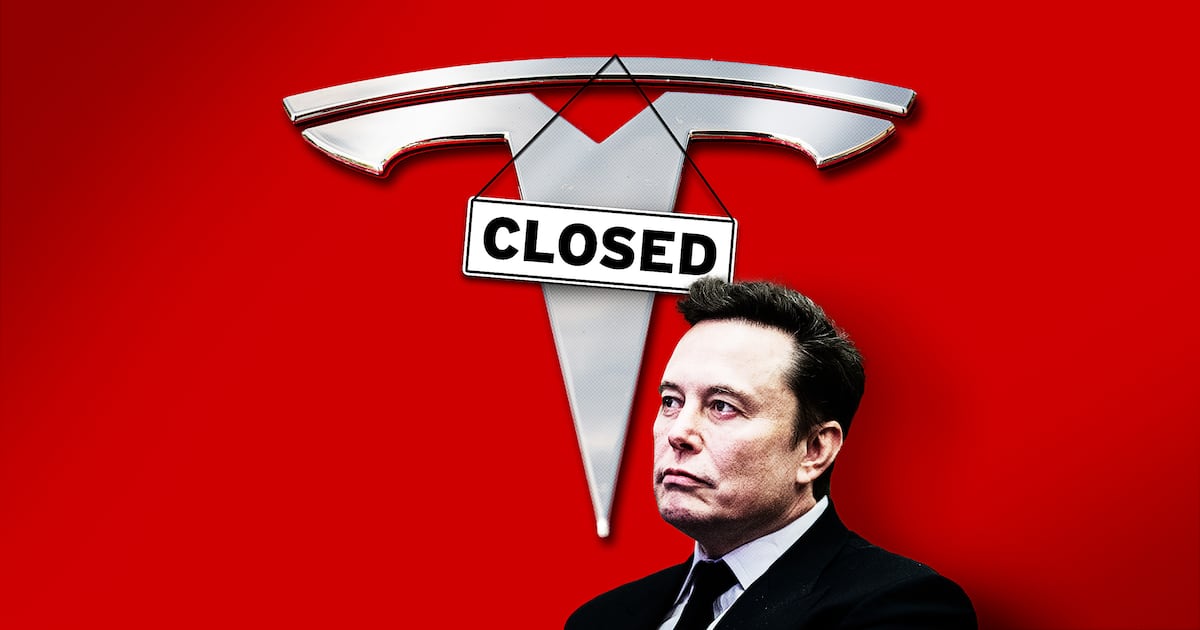Gross’s rule. Three’s a trend. And we’ve got a trend of legacy print brands being sold or spun off by their publicly held parents to other investors.

On Monday, The Washington Post Co. shocked the media world by announcing it is selling The Washington Post to Amazon.com founder Jeffrey Bezos for $250 million. (To Bezos personally, it should be noted, not to Amazon.com).
On Friday, The New York Times Co. sold The Boston Globe to hedge-fund manager and Boston Red Sox owner John Henry, for $70 million. Some writers noted that since the price didn’t include the Globe’s substantial pension obligations, that the price was actually much less. But the wags snarking at the knock-down price—the Times bought the Globe for about $1 billion in 1993—are ignoring the fact that the Globe upstreamed hundreds of millions of dollars in profits to the parent company during the good years in the 1990s and the aughts.
The third item in this trend story is not the just-announced sale of Newsweek, which is technically no longer a print product, but rather Time Warner’s impending spinoff of Time, Inc., to the company’s existing shareholders.
What gives? Well, it turns out the people who own print-based brands, especially if they run publicly held companies, can’t really justify owning them anymore. Time was, newspapers and magazines generated reliable profits and enjoyed decent profit margins. They weren’t just profitable businesses in their own right. No, they could form the basis of publicly held media conglomerates—coexisting, without embarrassment, with a portfolio of other businesses. The proprietors of The New York Times took their profits from the paper and bought assets like About.com (now owned by Daily Beast parent IAC), paper mills, a classical radio station, and a piece of the Boston Red Sox. The Washington Post Co. over the years acquired television stations, cable systems, and for-profit education businesses. After Time, Inc., merged with Warner Communications in the 1980s, its magazine and book-publishing units were united under the same corporate roof as HBO, cable systems, and movie production studios.
Publicly held companies, even ones where founding families control voting shares (as is the situation at both The New York Times Co. and The Washington Post Co.) have to try to improve earnings year after year. They may not always succeed, but they have to give the appearance of trying. The point of having lots of businesses under one roof is that not every unit will fire on every cylinder in every quarter. But when CEOs report to shareholders, and when those shareholders (who may include generations of family members) demand dividends, there’s a limit to the tolerance for losses in any of their businesses.
Over the last decade, it’s a simple fact that owning magazines and newspapers has become increasingly less profitable. With the exception of The New York Times and Wall Street Journal, most newspapers and magazines have a very difficult time getting people to pay for their online versions. The result is a continual erosion of the business—fewer subscriptions sold, fewer print ads sold, even as costs rise annually.
Beyond cost cuts, layoffs, and employee buyouts, these companies have pursued different strategies to protect their heritage brands. To ensure a future for The New York Times, the New York Times Co. moved aggressively to put up a paywall and jack up circulation rates for the newspaper, while selling noncore businesses to raise cash. The Washington Post Co. invested in its higher-margin education business while selling off its own money-losing magazine business, which consisted of Budget Travel and Newsweek. Time Warner has cut costs aggressively—reducing staff at Time, cutting the frequency of Fortune, and generally reining in expenses.
But there are limits. If you run a public company, and you don’t think there’s a reasonable chance at reversing the trends at one of your businesses, you have to consider alternatives—even if ownership is sentimental and the business in question is your crown jewel. So The New York Times Co. put the Globe on the block, and The Washington Post Co. began to shop The Washington Post. The situation with Time Warner and Time, Inc. is a little different. The division has generally been profitable in recent years, though it did notch a $9 million loss in the first quarter of 2013. But for the company’s nonsentimental owners, the division didn’t make enough to merit sticking around. And the trend lines are ominous. So in March, the company announced it would spin off the company to existing shareholders.





